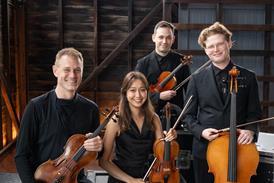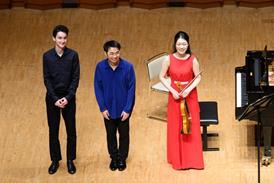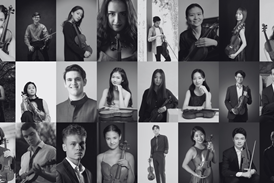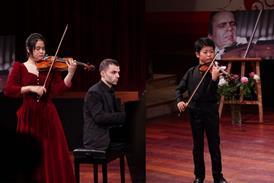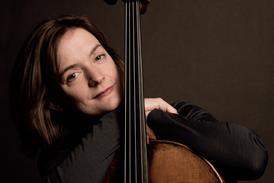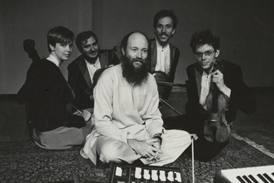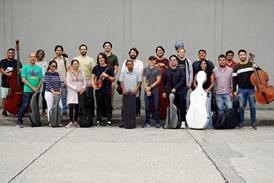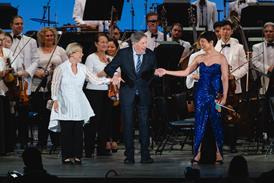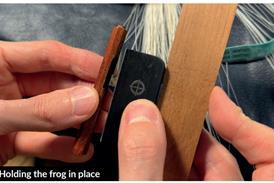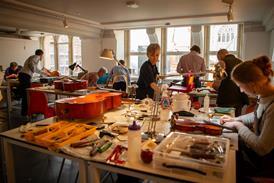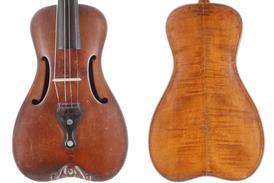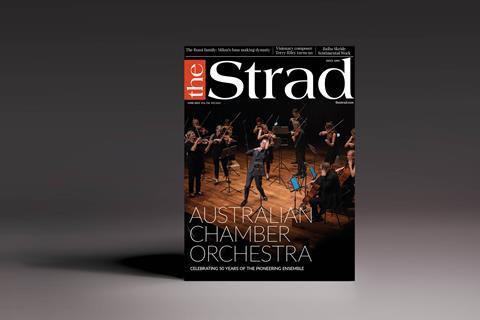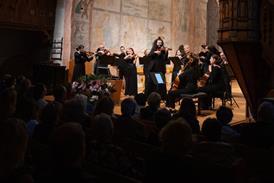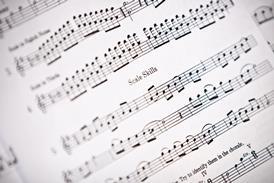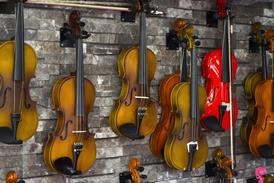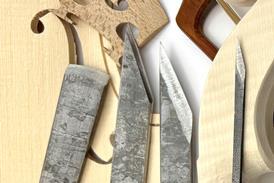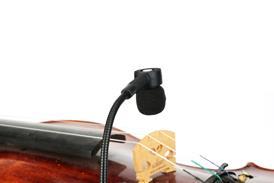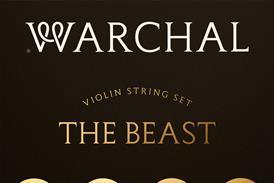- More from navigation items
- Home
- News
- For Subscribers
- Student Hub
- Playing Hub
- Podcast
- Lutherie
- Magazine
- Magazine archive
- Whether you're a player, maker, teacher or enthusiast, you'll find ideas and inspiration from leading artists, teachers and luthiers in our archive which features every issue published since January 2010 - available exclusively to subscribers. View the archive.
- Jobs
- Shop
- Directory
- Contact us
- Subscribe
- School Subscription
- Competitions
- Reviews
- Debate
- Artists
- Accessories
In Focus: c.1845-50 violin by Georges Chanot

Roland Baumgartner examines an instrument by one of the most important 19th-century French makers
Georges Chanot was born in 1801 in Mirecourt, France. He learnt the craft of violin making from his father, Joseph Chanot, and moved to Paris in around 1819. Soon after he started there, he began to create cornerless violins (as did Jean-Baptiste Vuillaume around the same time). These were designed by his elder brother François Chanot, a naval engineer by trade, rather than a violin maker. This new design had relatively modest success.
Already subscribed? Please sign in
Subscribe to continue reading…
We’re delighted that you are enjoying our website. For a limited period, you can try an online subscription to The Strad completely free of charge.
* Issues and supplements are available as both print and digital editions. Online subscribers will only receive access to the digital versions.

